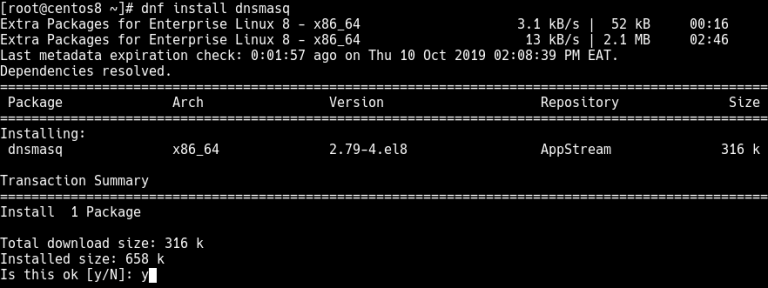
- WHAT IS A COMMON USE OF A TFTP SERVER HOW TO
- WHAT IS A COMMON USE OF A TFTP SERVER INSTALL
- WHAT IS A COMMON USE OF A TFTP SERVER UPDATE
- WHAT IS A COMMON USE OF A TFTP SERVER PC
# have to hack nf to complete the redirection).

# Use this to send dhcp log messages to a different log file (you also # Use this to enable / disable dynamic dns updates globally. The following sample configuration may (or may not) fit your distribution. You might additionally need to allow these protocols to be passed through by your firewall rules. Please consult your distribution's documentation on what server packages are needed and how they need to be configured.
WHAT IS A COMMON USE OF A TFTP SERVER INSTALL
WHAT IS A COMMON USE OF A TFTP SERVER PC
We recommend using a second interface card on your development PC to build a dedicated network to your module.
WHAT IS A COMMON USE OF A TFTP SERVER UPDATE
Alternatively, if not (yet) available for your particular module revert to using the Legacy Update Procedure as outlined in the Reference Images for Yocto Project Software Downloads - Legacy Image Format If this is not the case, please use the Toradex Easy Installer to install a running image first. In order to boot your module from a TFTP/NFS server you need:
WHAT IS A COMMON USE OF A TFTP SERVER HOW TO
This article describes how to configure this setup. This setup makes testing very convenient, as the developer can easily deploy new kernel builds and root filesystem contents in the respective local (host) server folders instead of having to transfer them to the target every single time (usually through a removable media such as an SD card or a USB stick). The target retrieves the kernel (and device trees/device tree overlays) from a TFTP server running on the host and uses a root filesystem from an NFS server, also served by the host. Coping and saving router/switch configuration files.Is this page helpful? Boot from a TFTP/NFS Server Introduction Ī common configuration for rapid kernel/application development and debugging is to have the target machine connected to a development host (usually a PC) inside a network.Some other uses of TFTP are listed below. The main use of TFTP is in transferring Operating System images for network booting. TFTP is used where user authentication is not required and remote directory listing (similar to FTP) is also not required. Hence TFTP lacks security and TFTP is best suitable for public access file directories. There is no authentication available for TFTP.


TFTP has limited features compared to its brother, FTP. TFTP occupies only small amount of memory. Because of its small size, TFTP can be easily embedded in network cards. TFTP protocol has a very simple design and hence the size of TFTP server/client can be less compared to other protocols. Answer: TFTP is an abbreviation for the Trivial File Transfer Protocol which is a normal high-level protocol used for moving the data servers that are used for booting up diskless workstations, x-terminals and also the routers with the help of a User Data Protocol i.e. Click the following link to view important RFCs related with TFTP. TFTP was initially defined in June, 1981 by RFC 783, THE TFTP PROTOCOL (REVISION 2). Unlike its brother FTP, TFTP uses UDP (User Datagram Protocol) as the Transport Layer protocol. TFTP is a simple protocol and the purpose of TFTP is to send and receive files between a TFTP server and TFTP client. TFTP stands for Trivial File Transfer Protocol. What is TFTP (Trivial File Transfer Protocol)


 0 kommentar(er)
0 kommentar(er)
